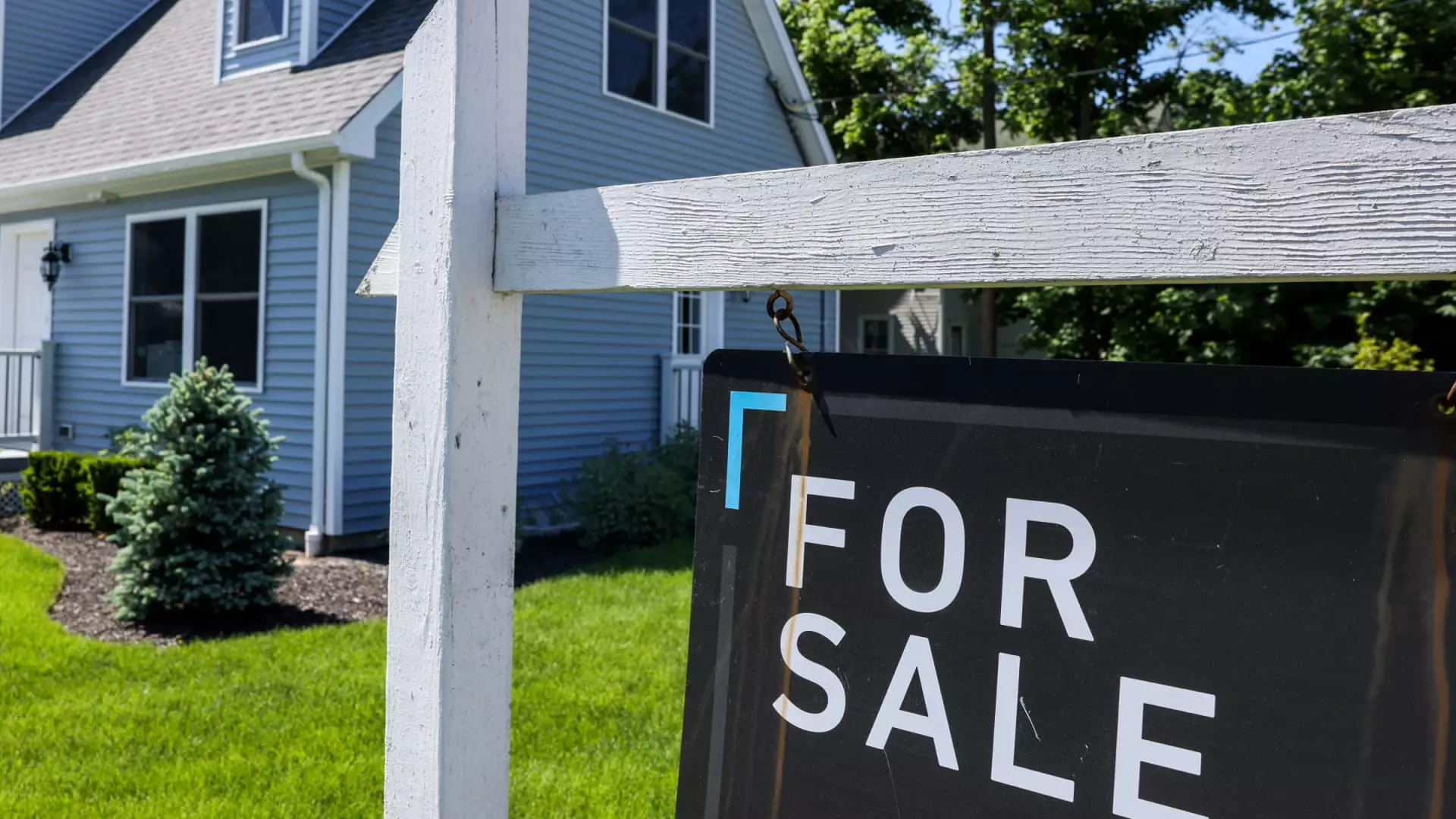In recent weeks, a seemingly small decline in mortgage interest rates has sparked a surprisingly robust surge in home loan applications. While a 0.02% dip may appear insignificant at first glance, its ripple effects expose deeper truths about the current state of the housing market. This uptick in demand — a nearly 10% weekly increase — highlights how even modest shifts in borrowing costs can ignite temporary optimism among prospective homeowners and investors alike. Yet, beneath this surge lies an unsettling reality: a market teetering on volatility and uncertainty.
This minor rate decrease, combined with a low average loan size and a rise in refinance interest, signifies a cautious attempt by consumers to engage in the housing sector amid broader economic ambiguities. Notably, the 56% increase in refinance applications compared to last year signals a window of opportunity that may soon close if rates bounce back. It is clear, then, that this ephemeral boost in demand is not a sustained recovery but rather a fleeting reaction to short-term fluctuations, revealing the fragility of current market confidence.
The Illusion of Stability in an Uncertain Environment
While headlines praise the recent uptick as a sign of renewed vitality, the reality is far more complex. Mortgage demand remains disconnected from actual home sales, which are influenced by a mixture of consumer sentiment, inventory levels, and speculation. The housing market’s underlying resilience—if it can be called that—appears more based on temporary rate dips than genuine, long-term growth prospects.
Furthermore, the overall environment remains shaky. High cancellation rates and unsteady consumer sentiment underscore a lack of conviction among buyers and builders. Pending sales are not rising proportionally with mortgage applications, a troubling sign that much of this recent activity might be driven by short-term tactical moves rather than strategic commitments. Far from a stable awakening, the market seems caught in a limbo where minor rate reductions temporarily mask deeper structural issues such as affordability concerns and economic insecurities.
Will Rates Continue to Climb or Further Plummet?
An emerging pattern suggests that the recent rate fall may be just a fleeting retreat before rates begin climbing once again. The narrative of steady declines has been disrupted, and current indications point to an unsettling oscillation rather than a clear trend. Industry insiders recognize this pattern and caution against reading too much into these minor rate shifts, emphasizing that the overall trajectory remains unpredictable.
This oscillation complicates the outlook for both buyers and policymakers. For prospective homeowners, the current environment offers no guarantees—rates could spike at any moment, eroding the recently gained affordability. For policymakers, the challenge is balancing inflation control and market stability without triggering further volatility. The market’s responsiveness to minute rate adjustments reveals that investors and consumers are on high alert, and any misstep could tip the fragile scales toward another downturn.
The real question remains whether this momentary rally signals genuine recovery or merely a temporary glitch. Given the persistent economic uncertainties and rising rate pressures, it is prudent to approach these positive indicators with skepticism. The housing market, it seems, still navigates a treacherous landscape where fleeting optimism can quickly give way to disillusionment.

